- Home
- slideshows
- miscellaneous
- A photographer captured stark images of a former human zoo that's now a public park near Paris
A photographer captured stark images of a former human zoo that's now a public park near Paris
Around the turn of the 20th century, the French government allotted 16 acres of land for an experimental botanical garden, called the Jardin d’Agronomie Tropicale.

The garden's primary function was to test whether tropical and non-native plants and crops, like coffee, vanilla, cacao, and banana, could be grown in France.
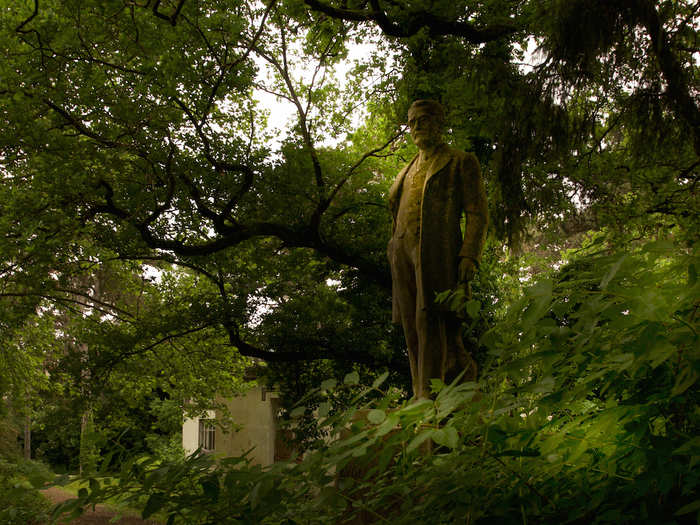
The site's entrance features the remnants of an arch in the style of traditional Chinese architecture.

Its "villages" were built to mimic the life and culture of the French colonies in Africa, Asia, and Oceania — before France's colonization.
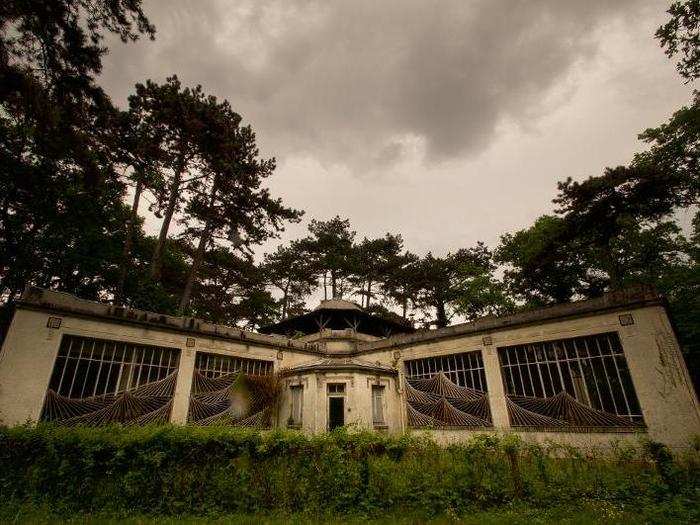
Source: Atlas Obscura
This was done by importing plants as well as people to fill the imitation houses and structures.
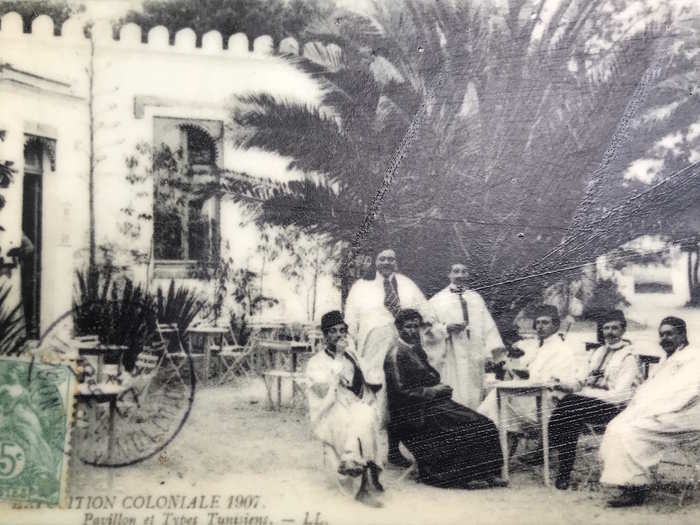
The pavilions displayed artifacts and products native to places like Laos, Cambodia, and Vietnam ...
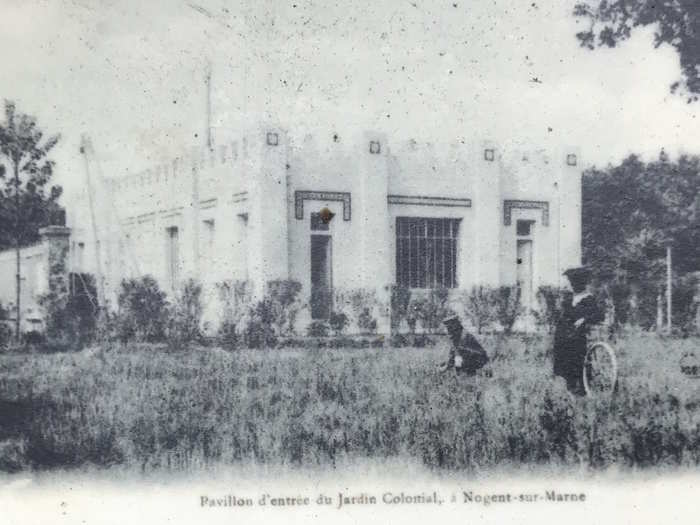
... as well as people who were brought far from their homes to live there. The French government gave them costumes and paid them to put on shows for visitors.
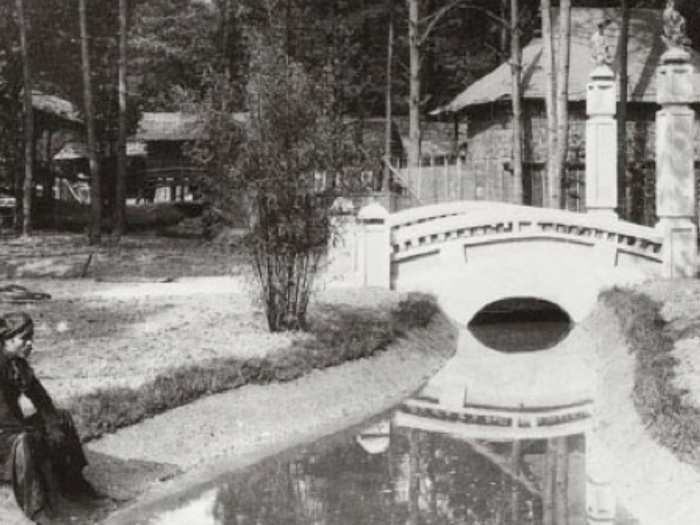
From May to October 1907, the French Society of Colonization hosted a massive exhibition of the flora, fauna, and people at the zoo. More than 1 million European visitors attended.
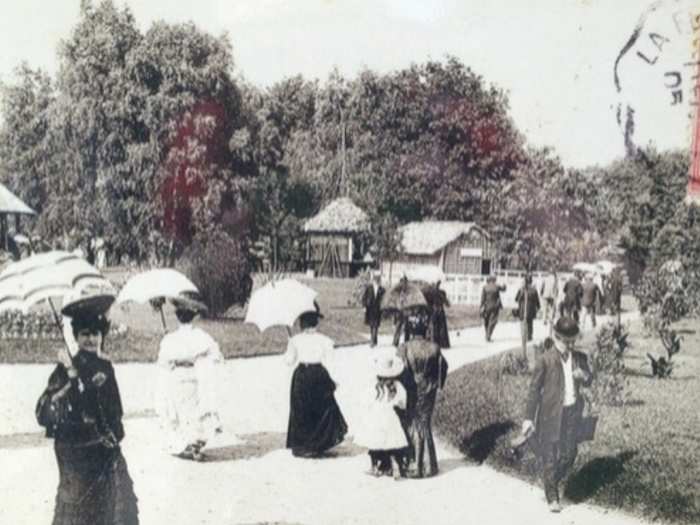
The site was rarely used as an exhibition space after the start of WWI, when it served as a hospital for colonial troops.
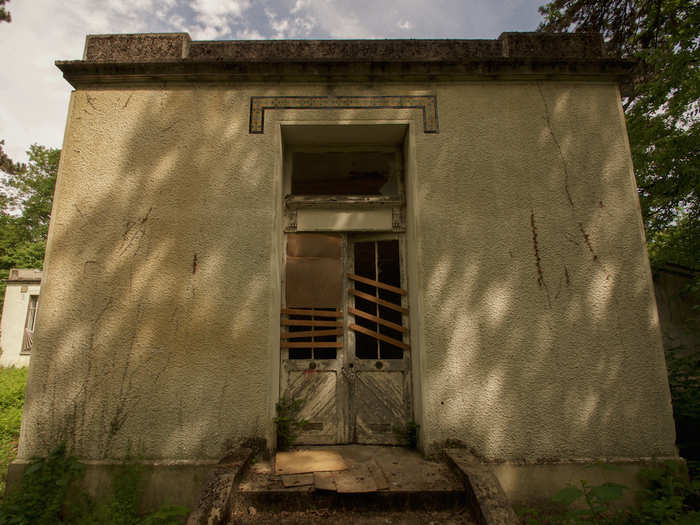
Today, 11 acres of the park are open to the public, and the Center for International Cooperation in Agricultural Research for Development occupies the rest.
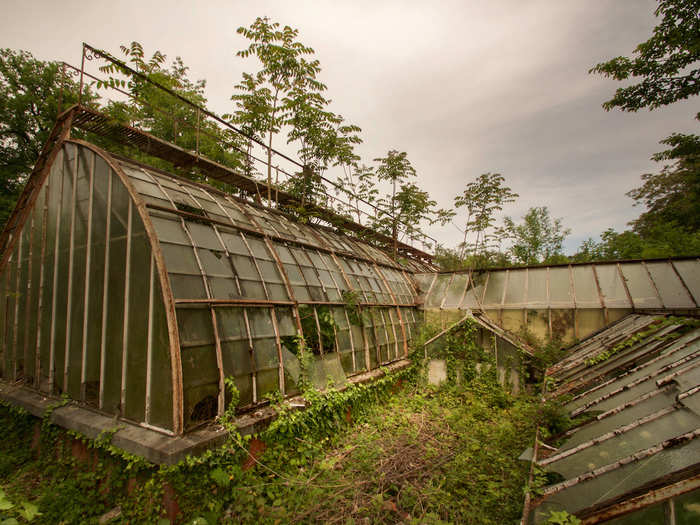
Few tropical species remain, except for bamboo, latex trees, and persimmons.
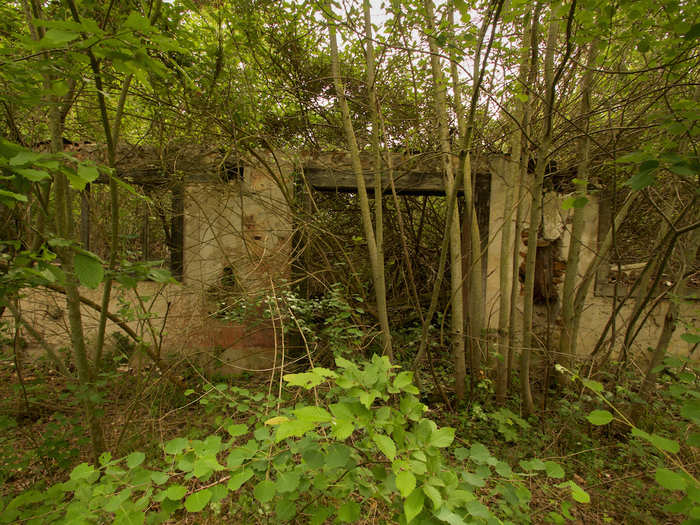
In the northern part of the park, a small artificial pond flows through an artificial stream.
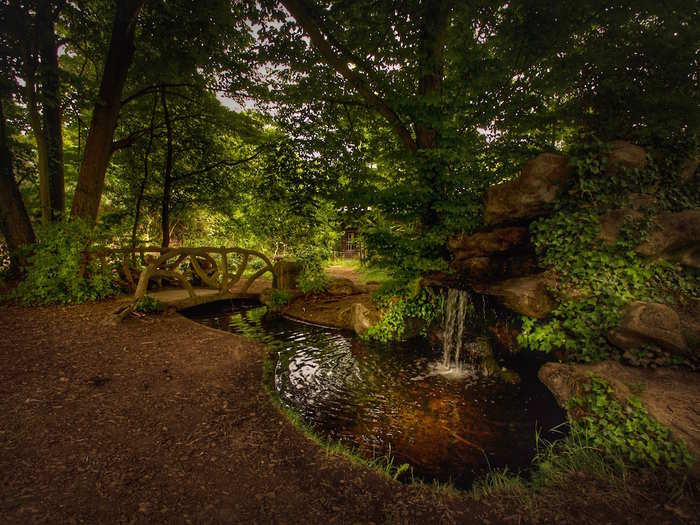
Most of the buildings and greenhouses that were built before the 1907 exhibition are falling apart.
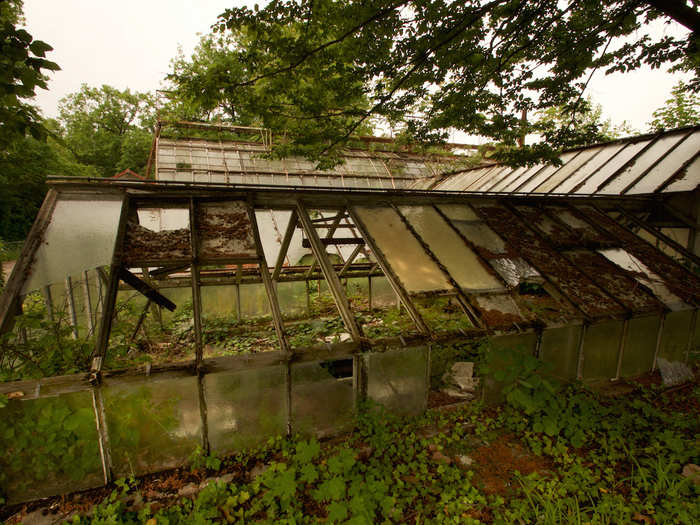
When the Jardin d’Agronomie Tropicale was up and running, it portrayed non-white people as spectacles.
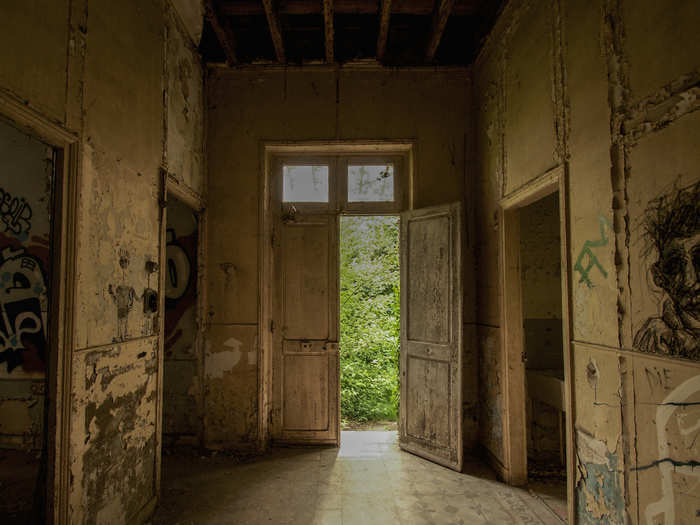
As the zoo approaches the 100-year anniversary of its opening, Lawless said he has reflected on the site's relationship to modern-day racism in the US.
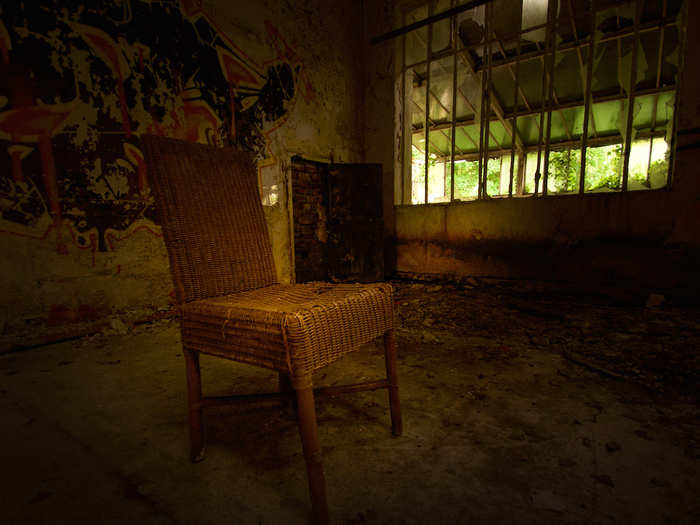
He said he sees similarities between the zoo and the captivity of undocumented immigrants who have tried to cross the US-Mexico border.
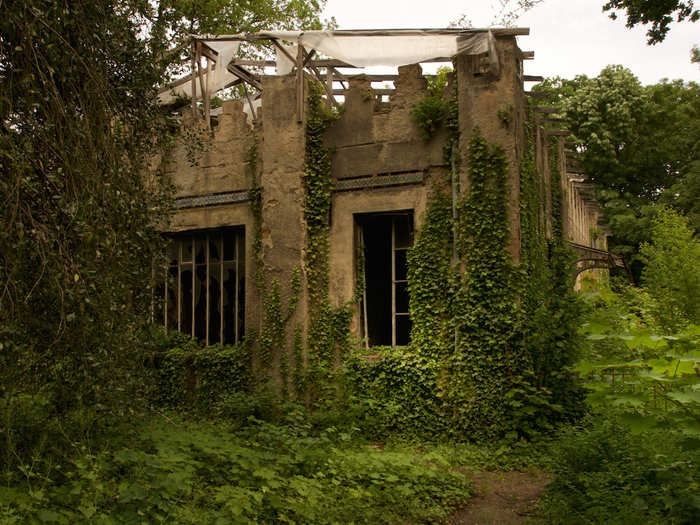
Earlier this year, the Trump administration administered a "zero-tolerance" immigration policy, meaning that any migrant caught entering the US without documentation will be prosecuted.
The Department of Homeland Security recently came under fire when Reuters revealed that more than 2,000 children had been separated from their parents in the span of six weeks.
Thousands of families are now awaiting trial.
"I believe the widespread anti-immigrant rhetoric we are witnessing currently, both at home and aboard, is laced partly with racism and ignorance," he said.
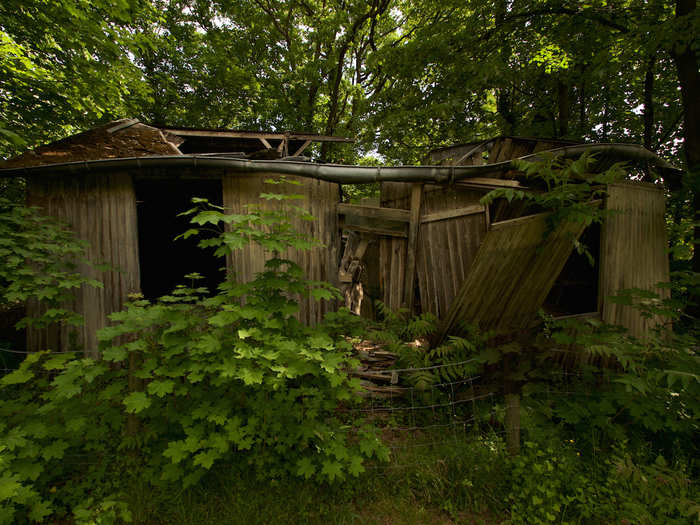
"My images are a poignant reminder of what mankind is capable of, especially in these times when we are increasingly becoming more sharply divided by race."
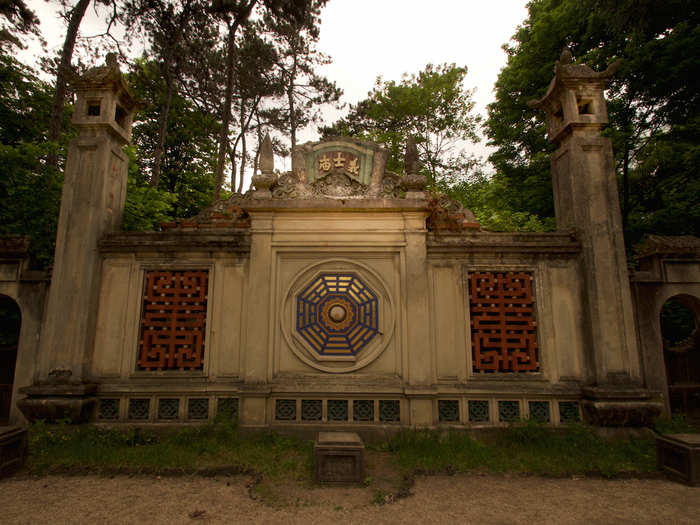
With the photo series, Lawless aims to "challenge viewers to re-evaluate their views on race and immigration."
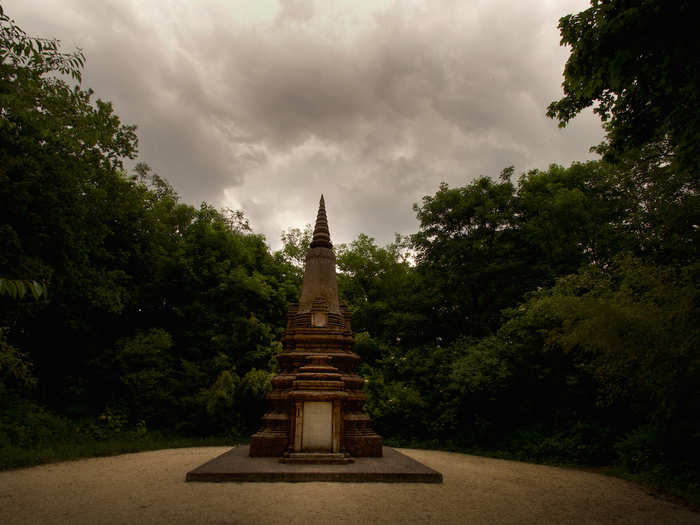
"These images are a sobering reminder of just how bad it could be," he said.
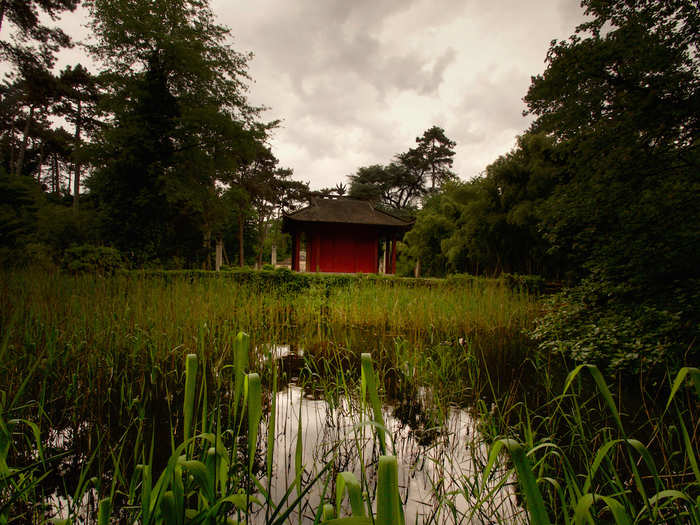
Popular Right Now
Popular Keywords
Advertisement